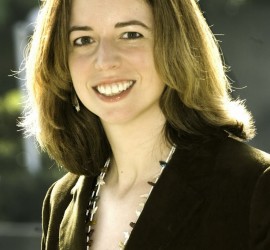Reimagining the Urban: Katie Bruhn
Throughout the daylong symposium, “Reimaging the Urban,” two particular keywords continued to jump out at me – reciprocity and layers. As I thought about these as individual concepts I realized that in fact layers of reciprocity was a much more appropriate way in which to understand the complexity of collaboration and exchange necessary in order for the projects discussed to succeed.
Continue to read…

